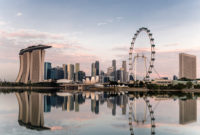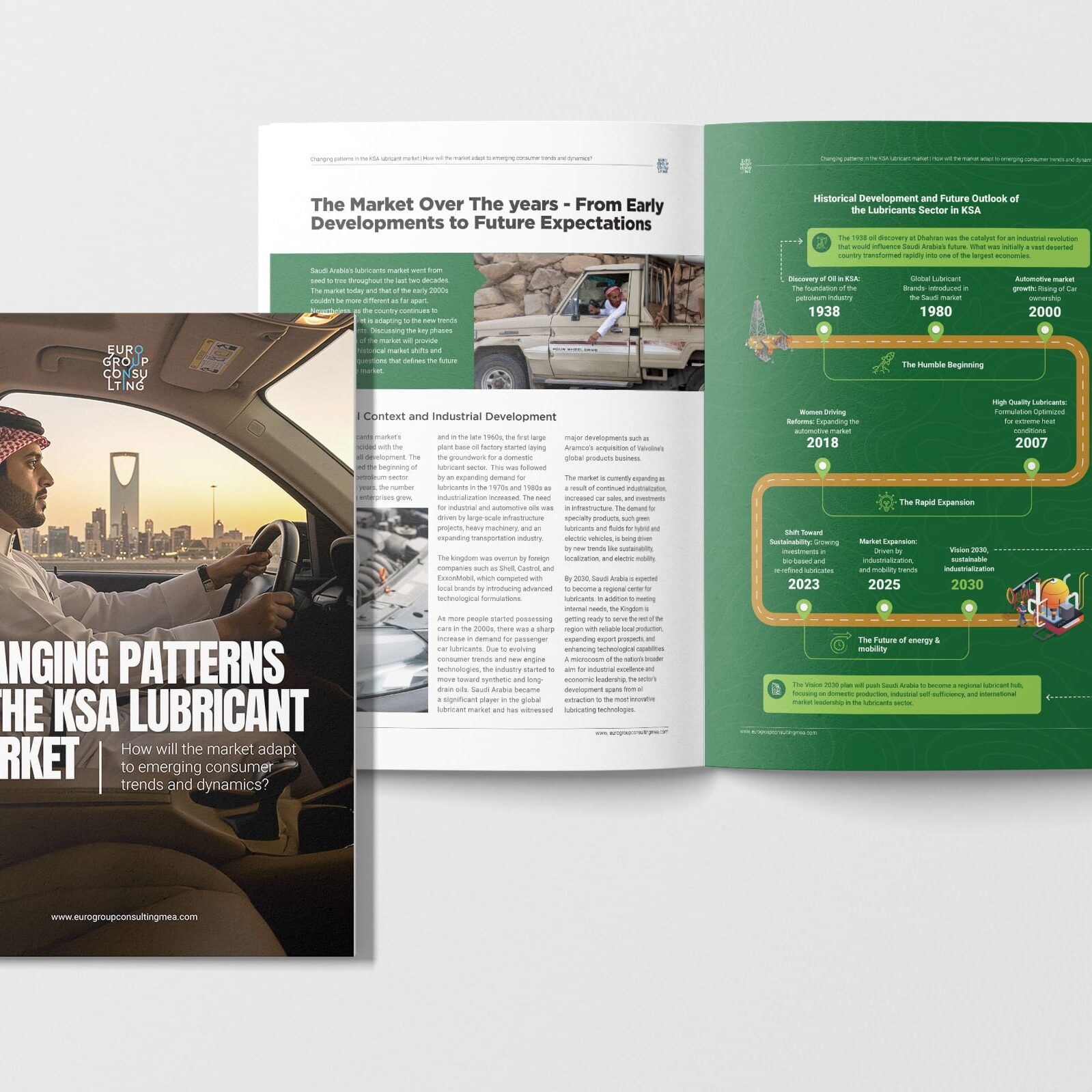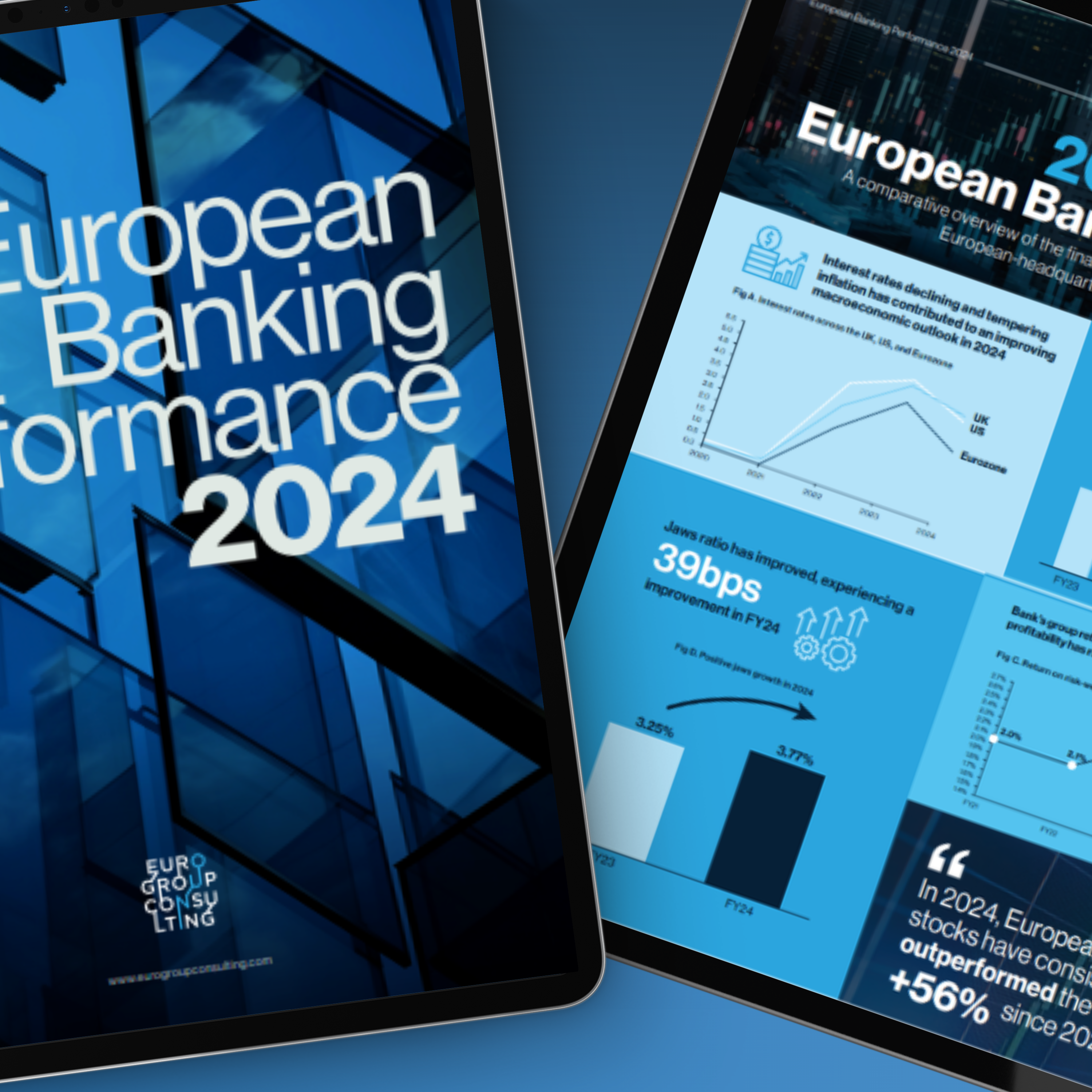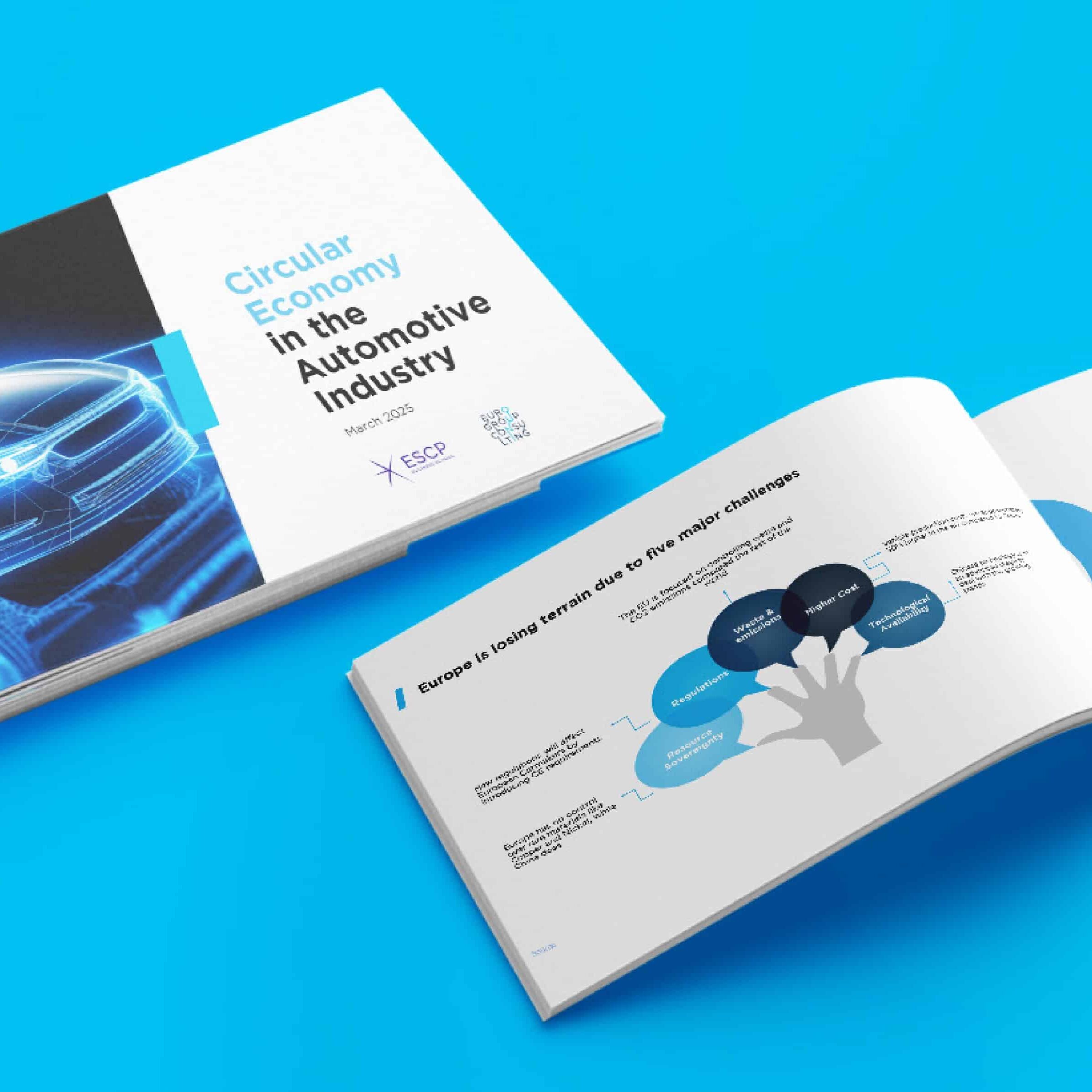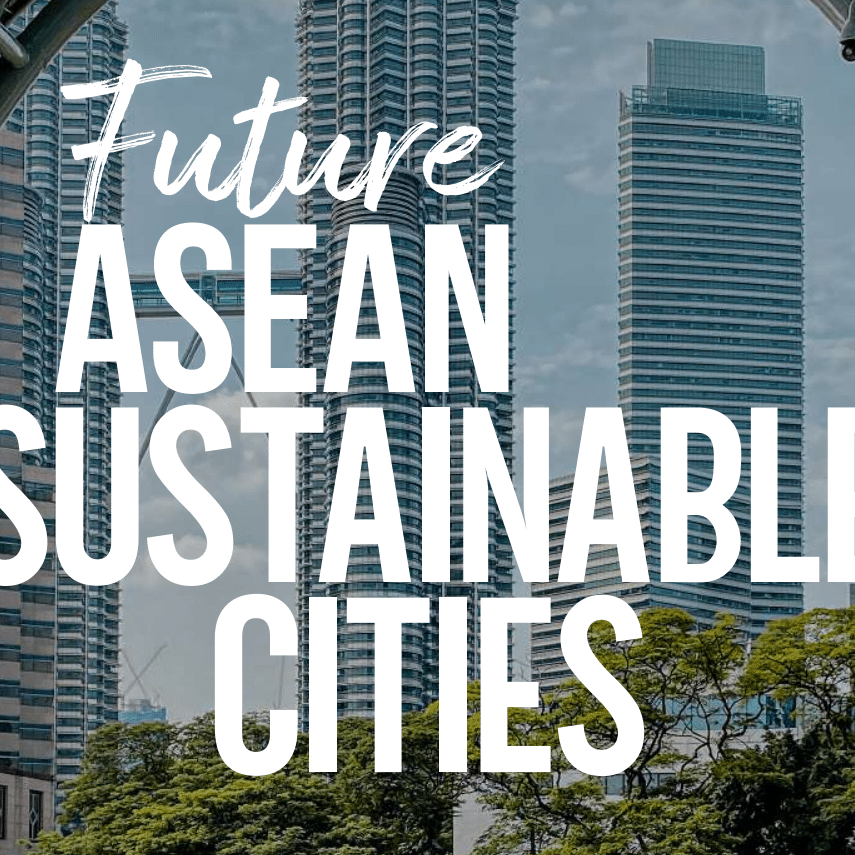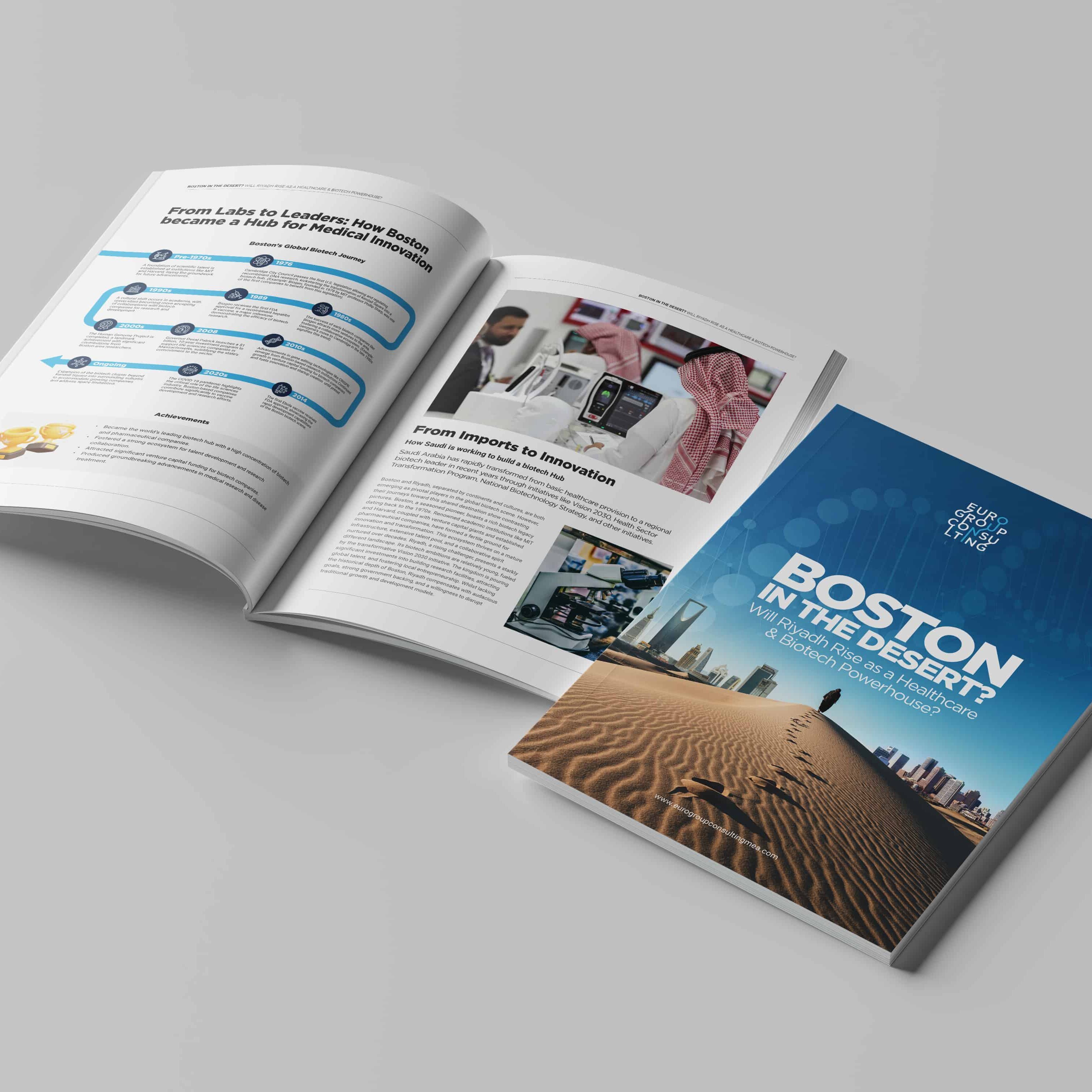The Mobility experts at Eurogroup Consulting conducted this analysis to provide insights to the market regarding the potential of automated metro as a fundamental mode of transportation to address the challenges of mass transit and decarbonisation faced by developing countries. This study aims to provide a framework for understanding the relevance and differences of automated metro networks, enabling stakeholders to engage in discussions for their continued growth.
To compare these networks, Eurogroup Consulting has defined a methodology that lists the main criteria for defining transport service performance for the travelling public, and weights the strength of these criteria according to their impact on the perception of a quality transport service.
Télécharger l'étude
To download, please fill the form below
FRANCE AT THE FOREFRONT OF THE AUTOMATIC METRO MARKET
40 years after the inauguration of the 1st automatic metro line in the world, which took place in Lille in 1983, Eurogroup Consulting has published the results of a study analysing the automatic metro market in France and internationally.
Based on an analysis of 29 automated metro lines on three continents, this study takes a global look at the prospects and challenges of this market, which is particularly key to the structuring of mobility in the cities of tomorrow.
The benchmark highlights French expertise in this area.
KEY FIGURES
In
the UITP projects that there will be approximately 4,000 km of automated metro lines in operation (compared to 1,837 today).
Driverless metro lines are in operation in 32 cities around the world. 41% of these lines are located in Europe, 42% in Asia, 15% in North and South America and 2% in Oceania.
The
Operate almost 50% of the kilometres of automated metro lines in the world. French operator Keolis has the highest number of kilometres in operation (282), followed by Singapore’s SMRT Corporation LTD (154) and China’s Shanghai Metro Operation (116 kilometres).
With
France ranks 3rd in the list of countries with the densest automatic metro network. It remains one step ahead of other Western countries, thanks in particular to the development of automated metro systems in medium-sized cities such as Rennes, Lille and Toulouse.
THE AUTOMATIC METRO, A MODE OF TRANSPORT ADAPTED TO THE CHALLENGES OF MASS TRANSIT
Despite the major changes linked to the health and societal upheavals of recent years, the attraction of cities remains (economic opportunities, high-quality infrastructures, extensive cultural offering, etc.). In 2022, more than 50% of the world’s population live in cities or FUA (Functional Urban Areas), and the European Union’s 2022 projections show that the FUA population will reach 1 billion by 2030.
In a context of growing urbanisation, it is becoming imperative for cities to develop mass-transit systems that are adapted to these realities, in order to regulate the tension produced on the transport networks. The aim is to optimise existing infrastructures at the heart of cities, which are not very scalable in terms of capacity, and to develop new infrastructures on the outskirts.
The characteristics of automatic metro systems respond to these challenges: the automation of conventional lines is an option that is winning over more and more cities, such as line B in Lyon and line 4 in Paris.


The benchmark also shows that the automatic metro offers an effective solution for meeting users’ expectations. Thanks to its high frequency and optimised train capacities, this form of transport is suited to a growing number of passengers. It is also a flexible transport solution, capable of adapting quickly to fluctuating demand and using less energy. The service is also generally better than on traditional lines.
The profitability of operating these lines is also considerably improved, with up to 30% less operating costs. This is due to the flexibility provided in the management of human resources, the reduction in the number of trains in service (with or without the option of doubling trains), the energy savings made, and the improved quality of service, which helps to attract more passengers.
THE BEST AUTOMATIC METRO LINES IN THE WORLD
The analysis of the networks’ ability to meet users’ expectations shows that France has real expertise in this area, as the top six lines in this ranking are French (Lille Line 1, Lille Line 2, Lyon Line D, Paris Line 14, Toulouse Line A and, finally, Rennes Line A).
In terms of the ability of lines to provide fast travel within cities, the Nuremberg lines are considered the most efficient (Nuremberg U2 and Nuremberg U3), followed by Dubai (Red Line) and Vancouver (Skytrain Expo Line). The reduction in platform stopping times, coupled with the reduction in braking, makes the automatic metro a very fast system. In the sample selected, the average commercial speed is 36.3 km/h.
The automatic metro is also an effective solution in terms of accessibility. For example, almost alĺ of the lines studied have a lift at each of their stations, allowing access to the platforms for people in wheelchairs or with reduced mobility. Added to this are several initiatives aimed at improving accessibilitý and safetý for people with disabilities, such as dedicated spaces or light signals.
It also appears that passengers’ choice of mode of transport is strongly influenced by the comfort provided, with cleanliness being a key factor. With 8 lines in the Top 10 of the most comfortable lines, European lines appear to perform particularly well.
Learn more about
STUDY METHODOLOGY
Eurogroup Consulting supports mobility, infrastructure, freight, and logistics actors through tailored and innovative approaches.
Aurélien Gué
Consulting Director
Philippe Menesplier
Partner

